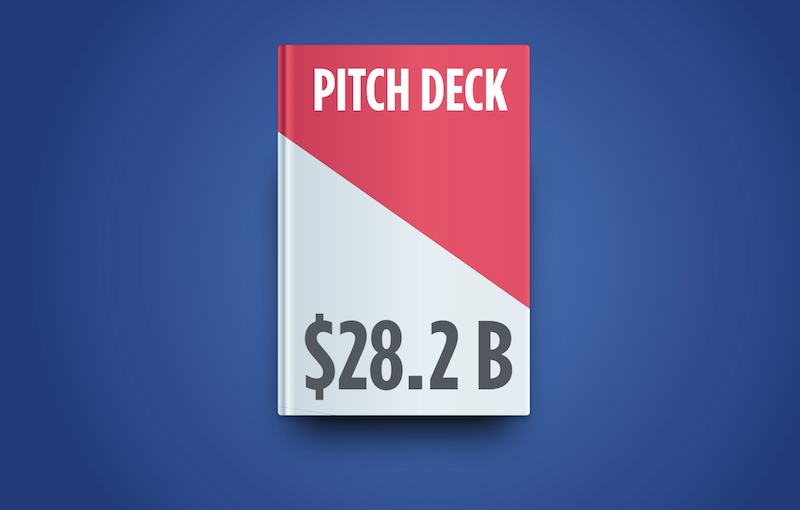Author: Tim Robertson
-
Beware the Fat
You have probably read a few articles on what a good content marketing program should have. But a lot of conventional practices are not necessarily the best strategies for European technology companies. There are many reasons why what is thought of as “best practices” are not the best anymore. One reason is the large industry…
-
The Good News
You’re not alone in having concerns about how effective your content marketing is going to be or about the amount of work (and resources) it will take to produce it. There are many success stories and many ways to utilize the strategies and techniques content marketing offers. Here is some of the good news: 1.…
-
The Paradigm Shift to Content Marketing in the USA
Now that you have established a website and spent some time marketing in the U.S., it’s time to take your content marketing strategy seriously. The reason for this is because of the paradigm change in how prospects look for solutions in your market. Old Paradigm Sales representatives and advertising had control. Enterprise buyers would get…
-
The Problem European Companies Face Expanding to the USA
There is an assumption by European companies that all it takes to succeed in the U.S. market is to do what everyone else does. That usually consists of building a U.S.-based website, paying for a booth at a few industry trade shows, and doing some prospecting with mailing lists to generate buying interest. Often, these…
-

Create a Business Pitch Presentation That Borrows From Venture Capital Fundraising
Or How To Take Advantage Of All That Persuasion Power For Your Technology Product Investors hit the ground running in 1Q 2018, deploying $28.2 billion in venture-backed companies across 1,683 deals – the highest amount of capital deployed in a single quarter since 2006. – National Venture Capital Association Seems that a simple pitch deck and…
-
Vintage Laundry Signs That Will Make You Laugh
I get a chuckle every time I look at these vintage laundry signs hanging in our laundry room. One of the reasons I laugh is because I know the creator, and she has a great sense of humour! She also LOVES laundry. Each sign features a different character; Sort, Wash, Dry, and Iron. There is talk…